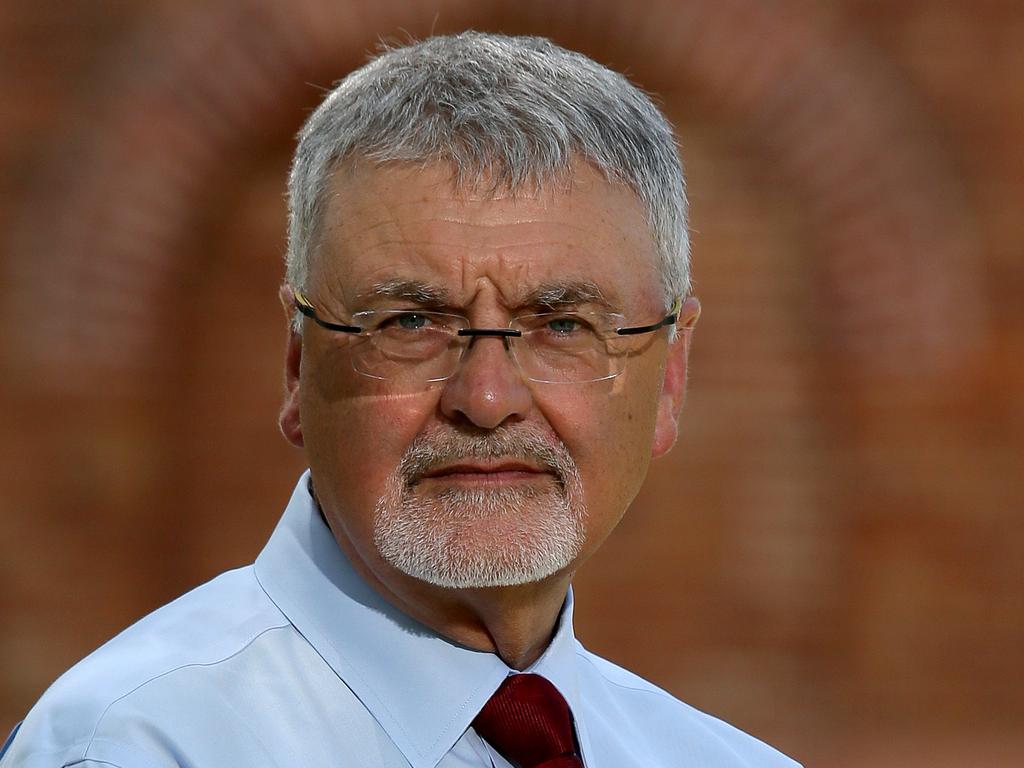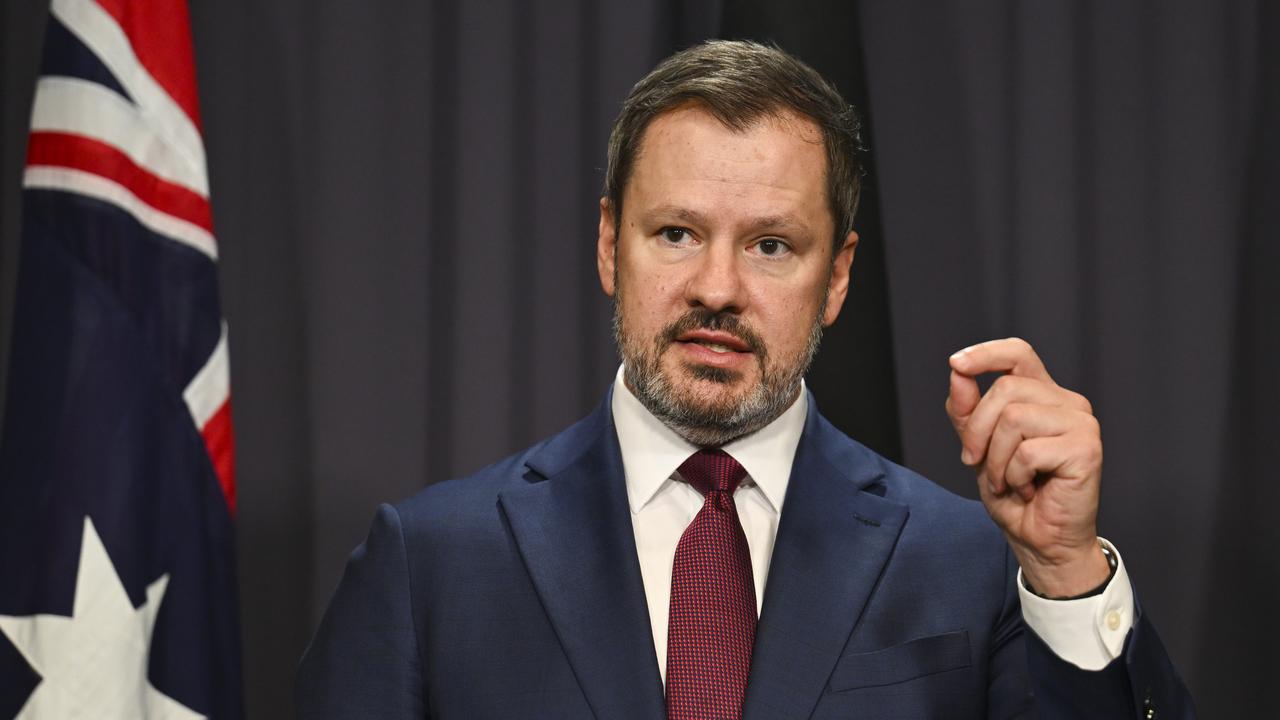Nhill is $105m the richer for taking refugees
A decade-long program to resettle refugees has added $105m to the Nhill economy.

A decade-long program to resettle refugees near the Victorian-South Australian border has added more than $105m to the local economy, reinforcing Nhill’s reputation as the national template for bolstering regional communities.
New analysis of the roaring success of the relocation of about 230 Karen refugees from Myanmar to Victoria’s northwest has underpinned the drive by federal Population Minister Alan Tudge to encourage regional settlement for refugees to temper high unemployment rates.
The analysis by migrant and refugee settlement agency AMES and economist Ian Pringle has reinforced the extent to which, from little things a decade ago, the Karen people and the Nhill community have created big things.
The study shows that 156 jobs were created — a 10 per cent increase in total employment in the area — and 27 families have bought homes in Nhill, where the average price is just $155,000.
Kaw Doh Htoo, 46, is the unofficial mayor of the Karen community in Nhill and, after moving to the town to work at a duck processing factory, has bought a house, a shop, created a grocery business and increased his family to six. Asked what he loves so much about life in rural Australia, he said: “Security.’’
Mr Tudge said the good-news story of Nhill could be replicated elsewhere, with a better distribution of refugees needed in Australia to help combat unemployment rates of 22 per cent.
“We would like to get a better distribution of refugee settlement. The longer a person is on welfare, the steeper the road back to employment is,’’ he said.
AMES chief executive Cath Scarth said lessons from Nhill could help chart the way ahead for future settlements.
“We hope that this research report … will inform in some way policy and practice in the settlement of refugees and, for that matter, migrants,’’ she said.
Sixty-three refugees from the Thai-Myanmar border work at Luv-a-duck, Australia’s leading producer, 40 at Australian Wildflowers and nine at the local hospital.
Thablay Khinshwe is a multilingual liaison officer at the Nhill Learning Centre who arrived as a teenager in 2009, having lived as a refugee on the Thai-Myanmar border for about seven years.
“I love the people here, the local residents are really more relaxed,’’ she said. “People tend to care about each other more than in Melbourne.’’
John Millington, who started the process of bringing the refugees to the town a decade ago to work at Luv-a-duck, said the program had been a success in part because of the nature of the people who had come. “They are very good workers and very decent people,’’ he said.
Annette Creek, the Nhill Learning Centre’s executive officer, said the community looked at many ways of getting the refugees involved, helping out with literacy, financial advice, and buying and selling houses. “We find them incredibly grateful for any help they get,’’ she said.






To join the conversation, please log in. Don't have an account? Register
Join the conversation, you are commenting as Logout